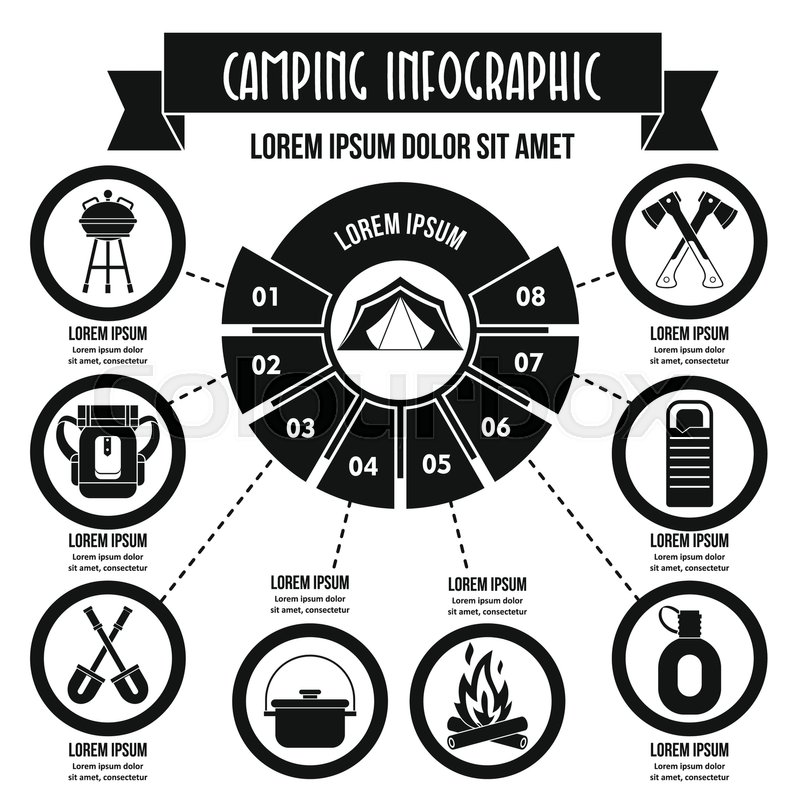A cooktop jack is a necessity for safe camping tent oven usage, maintaining everything from chilly air to fire ashes out of your canvas outdoor tents. Nonetheless, incorrectly fitting one can result in camping tent fires and carbon monoxide gas poisoning, so it is necessary to understand the most common errors campers make when setting up oven jacks prior to camping!
Substitute
An oven jack is one of the most important pieces of outdoor tents camping tools. Not only do they maintain the smoke out of your tent, however they also stop a variety of security dangers consisting of camping tent fires and carbon monoxide poisoning. Yet, it's simple to make mistakes in sizing and setting up a cooktop jack. Thankfully, by recognizing a few of one of the most common camper errors you can find out to avoid them and guarantee your cooktop jack is correctly fitted to your canvas handbag outdoor tents for safe, comfortable outdoor camping. Read on to read more.
What Is a Tent Oven Jack?
Basically, a stove jack is an opening that beings in the floor of your camping tent to suit your camp cooktop's chimney pipe. It's critical for keeping whatever from cool air to rain and snow out of your camping tent.
Assessment
When properly sized and mounted, a range jack is the very best method to securely vent your wood-burning tent range while keeping cold air, rainfall, snow, pests, and creosote from entering your wall surface tent. But lots of campers have problem with the installation process, and an oven jack that isn't fitted appropriately can be unsafe. Stove jacks need to be positioned at a risk-free range from the outdoor tents walls, and the opening should be centered to supply an also spread out of warmth throughout the interior. Additionally, a space in between the oven pipeline and flue is a fire threat, and can allow carbon monoxide to enter your home. A WETT assessment from a qualified service technician is crucial for your safety, and numerous insurance policy carriers require it prior to offering insurance coverage.
A WETT inspection look for possible fire hazards, carbon monoxide gas poisoning threats, and structural damages. It adheres to strict guidelines established by the Timber Energy Innovation Transfer (WETT) company to keep Canadians risk-free and reliable with their wood-burning appliances.
